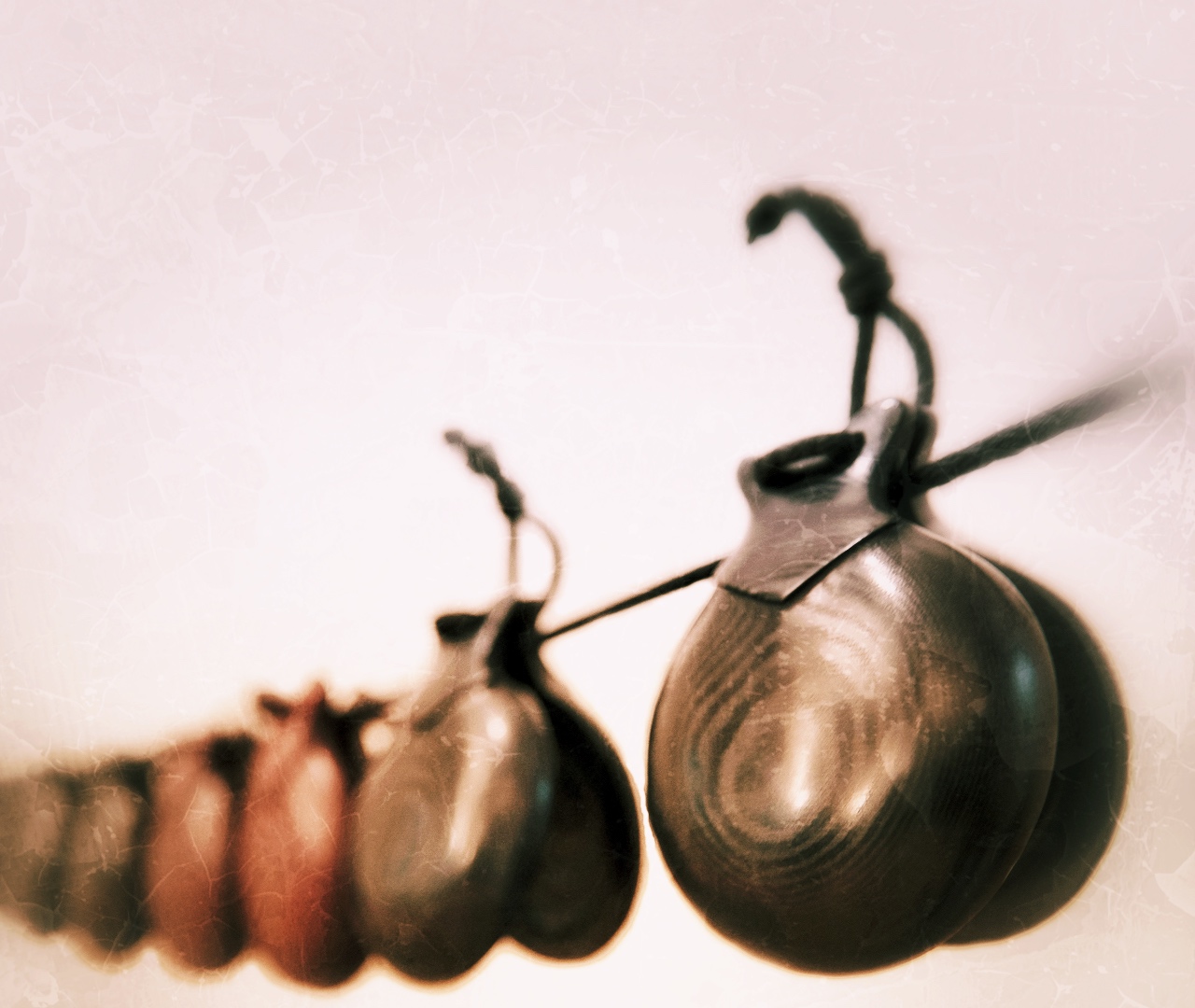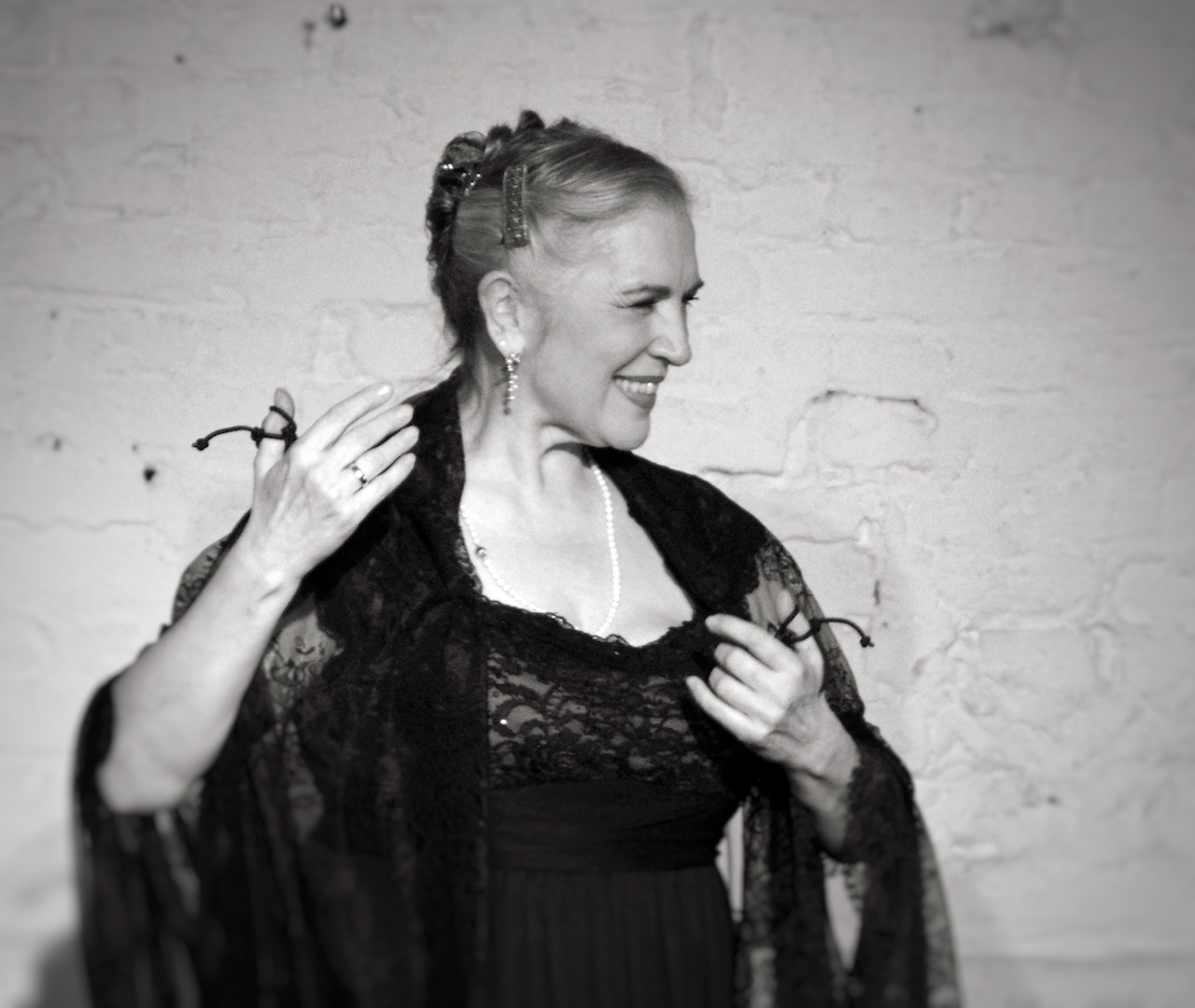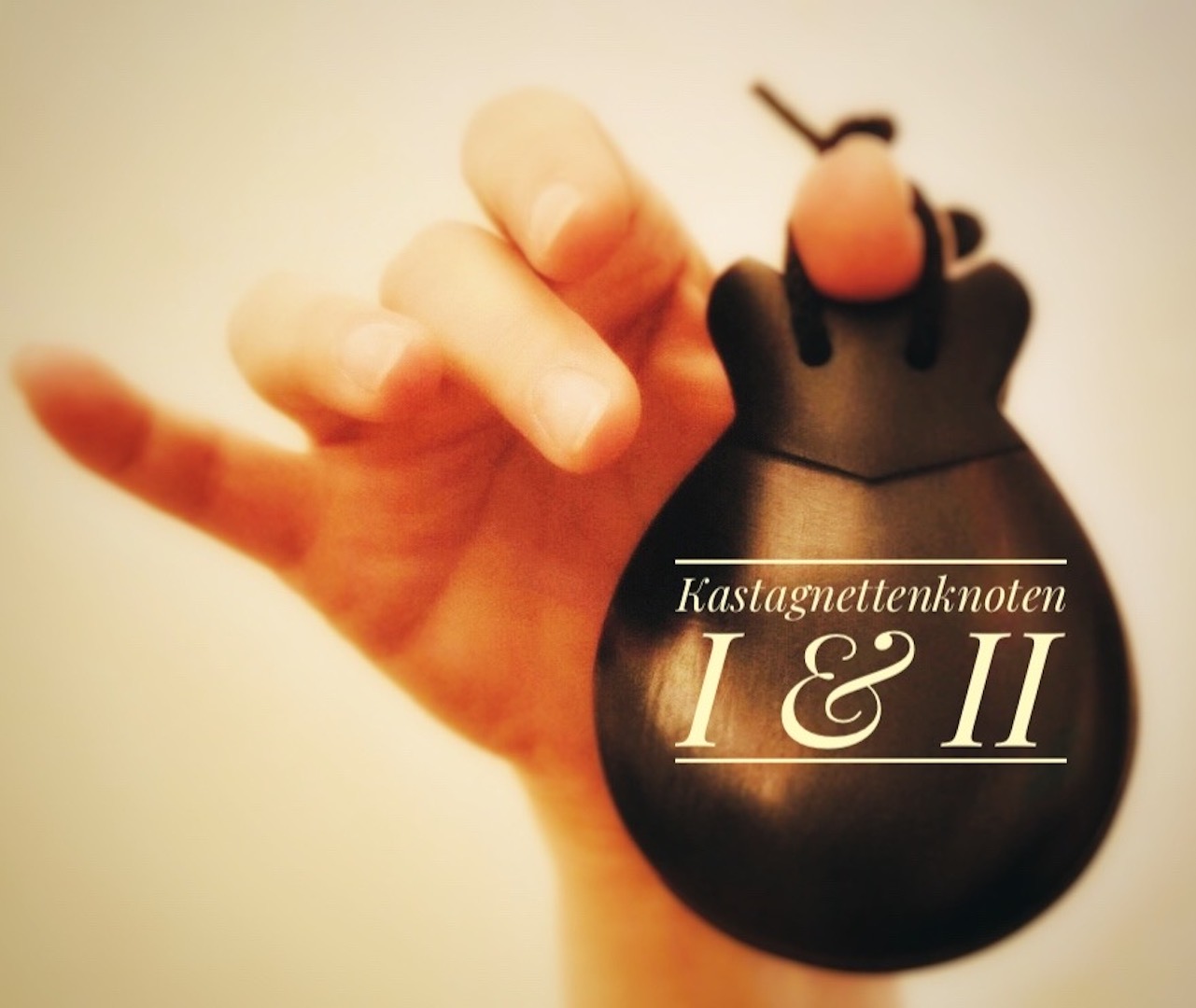The castanets belong to the idiophones, the self-toners or self-sounders.
In the baroque period, castanets were used in dance and also already as a concert instrument throughout Europe. Learning the dance steps and choreographies was part of the education of a man of honour. In the ballets, political statements were conveyed, diplomacy was practised and gentlemen showed their fitness in dance.
Louis XIV was an excellent dancer and castanet player. He danced the sun in the ballet ‘Ballet Royal de la Nuit’ at the age of 15 with incredible success. Since then he was called the Sun King – Roi Soleil.
And there was already a castanet notation with 1 line, to be seen in the book by R. A. Feuillet (1660?-1710) published in 1700: Choreographie ou l’Art de decir la danse.
In the history of Spanish dance, there has always been a lively exchange between the dances of the very dance-loving population and the stage dances, and thus a strong mutual influence. This gave rise to a great variety of dances and new dance steps. And the castanets – called castañuelas or palillos – were always part of the dances as rhythmic accompaniment.
From the ‘Bailes Nacionales’, ‘Bailes Andaluces’, ‘Bailes de Palillos’, ‘Bailes Boleros’, flamenco developed in the middle of the XIXth century, became professional and ousted the so-called boleros from the stages. Castanets were initially not common in flamenco styles.
Many of the important dancers of the time mastered the bolero dances and the newly emerging flamenco dance, e.g. Amparo Álvarez Rodríguez ‘La Campanera’ (1828-1895).
Since Antonia Mercé, the legendary ‘la Argentina’ (1890-1936), began to play the first castanet concerts again, the castanets have developed more and more from a dance requisite to an independent virtuoso instrument.
Some important Spanish dancers followed her example and the concert castanets became more and more popular:
Encarnación López ‘La Argentinita’ (1895-1945), Vicente Escudero (1895-1980), Carmen Amaya (1913-1963), Pilar López (1812-2008), Antonio Ruiz Soler (1921-1996) …
In addition, Carmen Amaya and Pastora Imperio (1889-1979) began to use castanets in some flamenco styles. This also became more and more popular. Today it is quite common to use castanets in the different cantiñas, in the caña and the siguiriya.
After Antonia Mercé ‘La Argentina’, José de Udaeta and Lucero Tena brought the concert castanets to many concert stages all over the world and Emma Maleras, in addition to her performances, concerts and her many years of work as a dance and music teacher, developed a method for studying the castanet technique for dance and for the concert castanets: Método de castañuelas, ‘EL Método’ for short.






